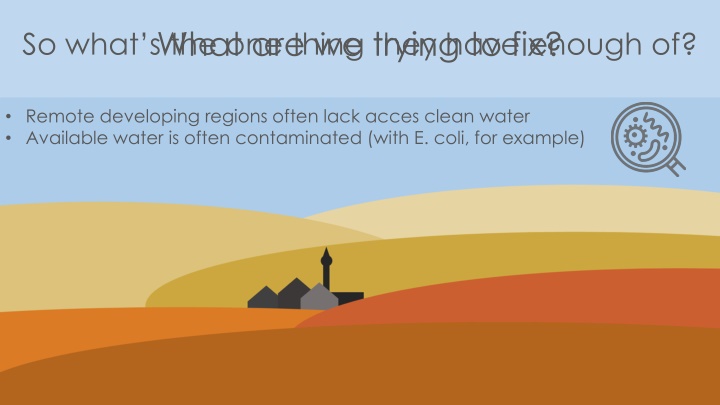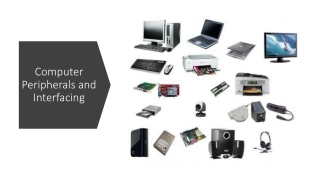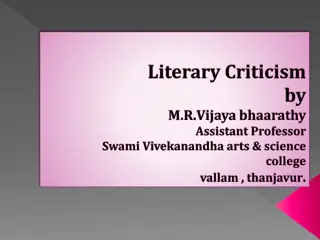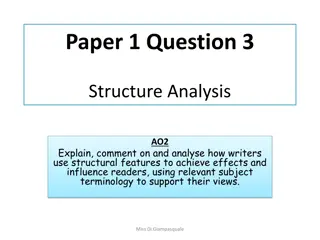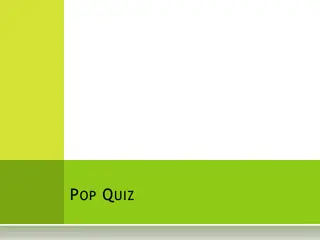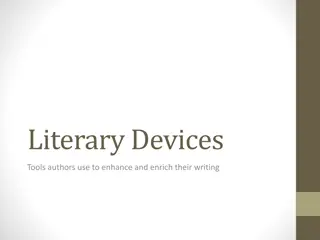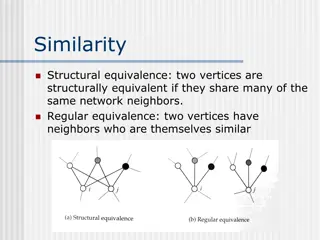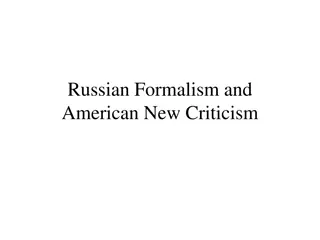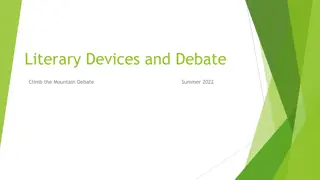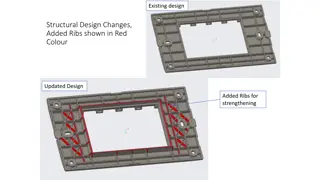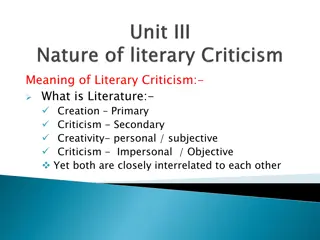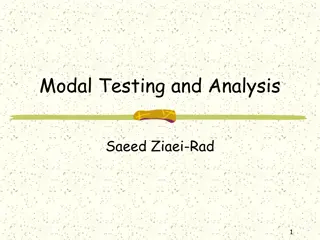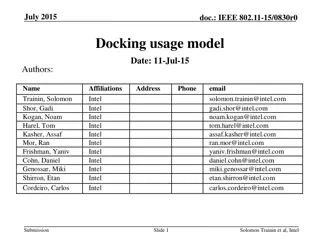Literary & Structural Analysis in Hard Times: Examining Devices
Enhance your literary analysis skills with examples from Charles Dickens' "Hard Times." Explore how literary devices like metaphor and personification, along with structural devices such as repetition and syntax, influence the reader's interpretation. Understand the impact of these devices on conveying themes like gloom, oppression, and mechanical existence in the text.
Download Presentation

Please find below an Image/Link to download the presentation.
The content on the website is provided AS IS for your information and personal use only. It may not be sold, licensed, or shared on other websites without obtaining consent from the author.If you encounter any issues during the download, it is possible that the publisher has removed the file from their server.
You are allowed to download the files provided on this website for personal or commercial use, subject to the condition that they are used lawfully. All files are the property of their respective owners.
The content on the website is provided AS IS for your information and personal use only. It may not be sold, licensed, or shared on other websites without obtaining consent from the author.
E N D
Presentation Transcript
What are we trying to fix? So what s the one thing they have enough of? Remote developing regions often lack acces clean water Available water is often contaminated (with E. coli, for example)
Sunlight! Earth s average solar irradiance is about 1120 W/m2 per day Enough to power roughly 100 LED bulbs
Okay, so how do we use that? Light arrives in parallel waves Using a parabolic reflector, light is focussed into a focal point Focussed light heats up water to 85 degrees centigrade No survivors!
One square meter of mirrors can clean up to 61 Liters per day!
Using an old satellite receiver and aluminium foil, we made a parabolic reflector. 350 degrees centigrade. Where there s smoke, there s fire! Combustion temperature is roughly
